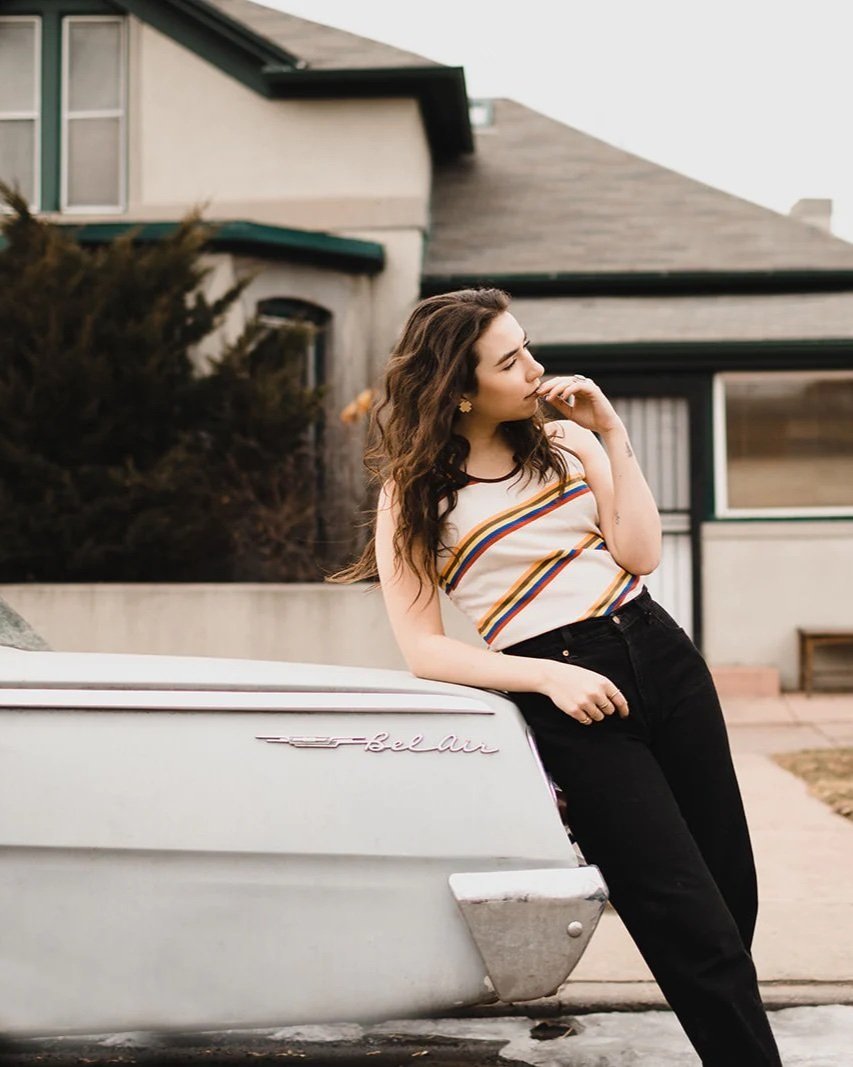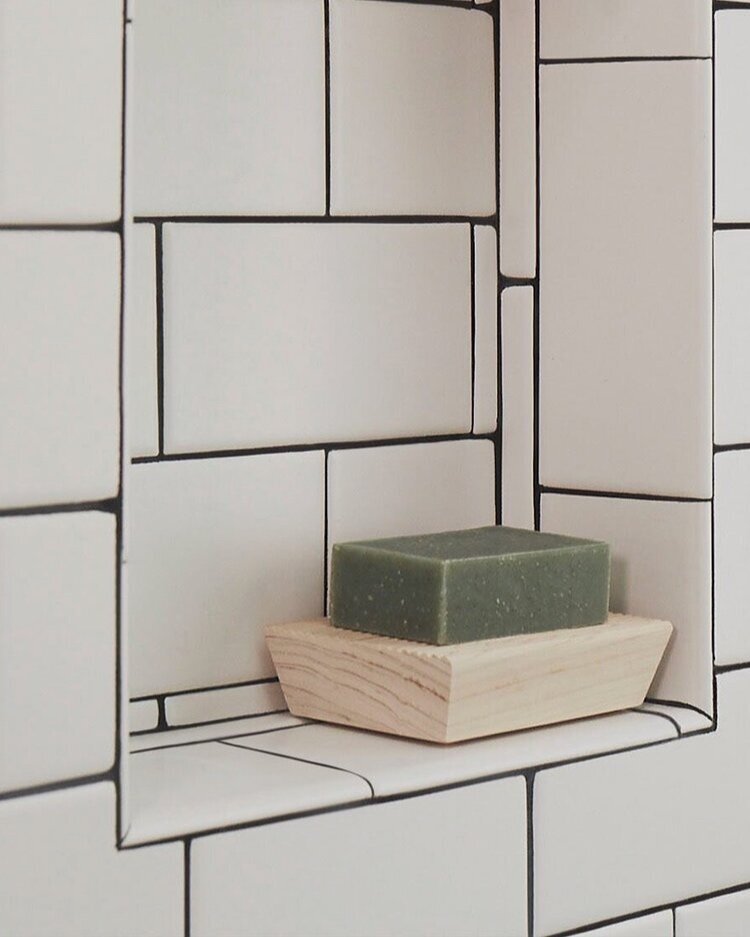Vegetarian & Vegan Restaurants in New York City
If you're searching for the best veggie/vegan spots in NYC, look no further! We've curated a list of our favorite vegan restaurants in the city, each one personally tried and tested. These places have made the cut for their mouthwatering, plant-based, and veggie-forward dishes. Trust us - whether you're vegan or not, you won’t miss the meat or dairy at any of these incredible spots!
Asian:
Spicy Moon: Vegan szechuan cuisine at its finest - it absolutely deserves the top spot on our list. You can’t go wrong with any of the tofu “Big Bites” - Kung Pao, Dry Pepper, Dry Pot, Mapo Tofu, General Tso’s - all packing a punch with each bite and oh-so-flavorful.
Buddha Bodai: this no frills establishment in Chinatown has been serving authentic Chinese fare since 2004. Casual, cheap, and quick, they’re serious about the quality and authenticity of their food. PS - they’re BYOB!
Planta Queen: If you’re looking for a vibey spot with fun cocktails, this one’s for you! We love their innovative takes on vegan sushi, like the watermelon “tuna” and eggplant “eel”
HanGawi and Franchia Vegan Cafe: Vegan Korean spots around Koreatown, HanGawi and Franchia are sister restaurants that are equally delicious. HanGawi is slightly more upscale (and pricier), and Franchia is perfect for a more casual bite.
Bonus: Nami Nori: Handroll spot that is not plant-based, but we had to include it as a special mention on this list because their vegan omakase option is absolutely divine!
Modern / Fine Dining:
abcV: Jean-Georges’ abcV has two locations - the OG in flatiron is vegetarian with vegan options, and the newer one in the Tin Building is entirely plant based. You cannot leave here without trying the green chickpea hummus and the dosa with turmeric sambal and the tangy coriander and mango chutneys.
Dirt Candy: This Michelin-starred gem is a must-try. Their motto is “Because vegetables are just candy from the dirt” and trust us, they absolutely nail it. Their 5 course tasting menu is $105 per person (plus $55 for a wine pairing), so it is slightly pricier than most other places on this list, but it is so worth it.
Eleven Madison Park: Disclaimer - this is the only spot on this list that we haven’t been to, but with not one but three Michelin stars, we couldn’t not include it! Save this one for a truly special occasion - their bar tasting menu (4-5 courses) is their cheapest option and costs $225, so this spot is definitely not easy on your wallet. If you do make it there - let us know if the hype is worth it!
Italian:
Double Zero: You can’t visit NYC without a slice of ‘za, and this plant-based one won’t disappoint. Come for the pizza, stay for the wine - their wine list of organic and sustainable wines from across Europe is phenomenal.
Soda Club: A vegan pasta and natural wine bar, Soda Club is the perfect date night spot. It absolutely deserves its spot on the Michelin Guide. Savor perfectly cooked al dente pasta, complemented by a glass of chilled orange wine from their extensive selection, all while soaking in the vibey atmosphere.
Ethiopian:
Ras plant based: Located in Crown Heights in Brooklyn, Ras brings you Ethiopian food to die for. We loved the injera, missir (spicy red lentil stew), and mushroom tibs, each dish bursting with flavor. We guarantee you will leave Ras with your hearts and bellies filled to the brim.
Mexican:
Jajaja Mexicana: Jajaja’s plant-based Mexican is both familiar and innovative. With its lively atmosphere, refreshing Tequila and Mezcal-based cocktails, and vibrant dishes, this place is a must-visit! Some menu highlights - Esquites, Buffalo Flower tacos, and Pollo Coco tacos.
Burgers:
Superiority Burger: We’re big fans of Superiority Burger’s old school vibe, with the nostalgic red booths and plastic menus. Their signature veggie burger is hearty, satisfying, and packed with juicy flavor - don’t be afraid to get a little messy! Even better, it won’t break the bank, a refreshing change from most spots in the city. Their classic cocktails, like Old Fashioneds, Negronis, and Martinis, are spot-on. And whatever you do, don’t skip the desserts - you’ll thank us later!
MAKE SURE TO PIN THE PHOTO BELOW TO SAVE THIS POST FOR LATER!
WANT TO FIND MORE SUSTAINABLE BRANDS?
The Brand Directory features hundreds of sustainable brands approved by us!
We have broken everything down by category for easy shopping, along with discount codes unique to Sustainably Chic viewers.



















































































































